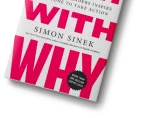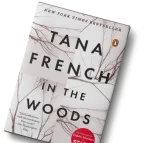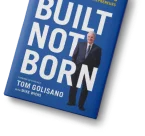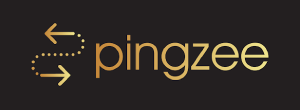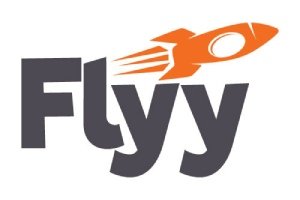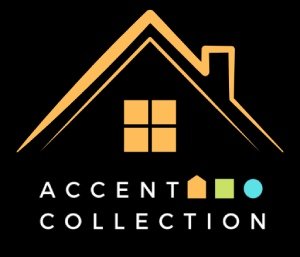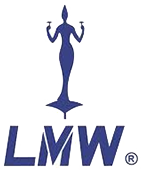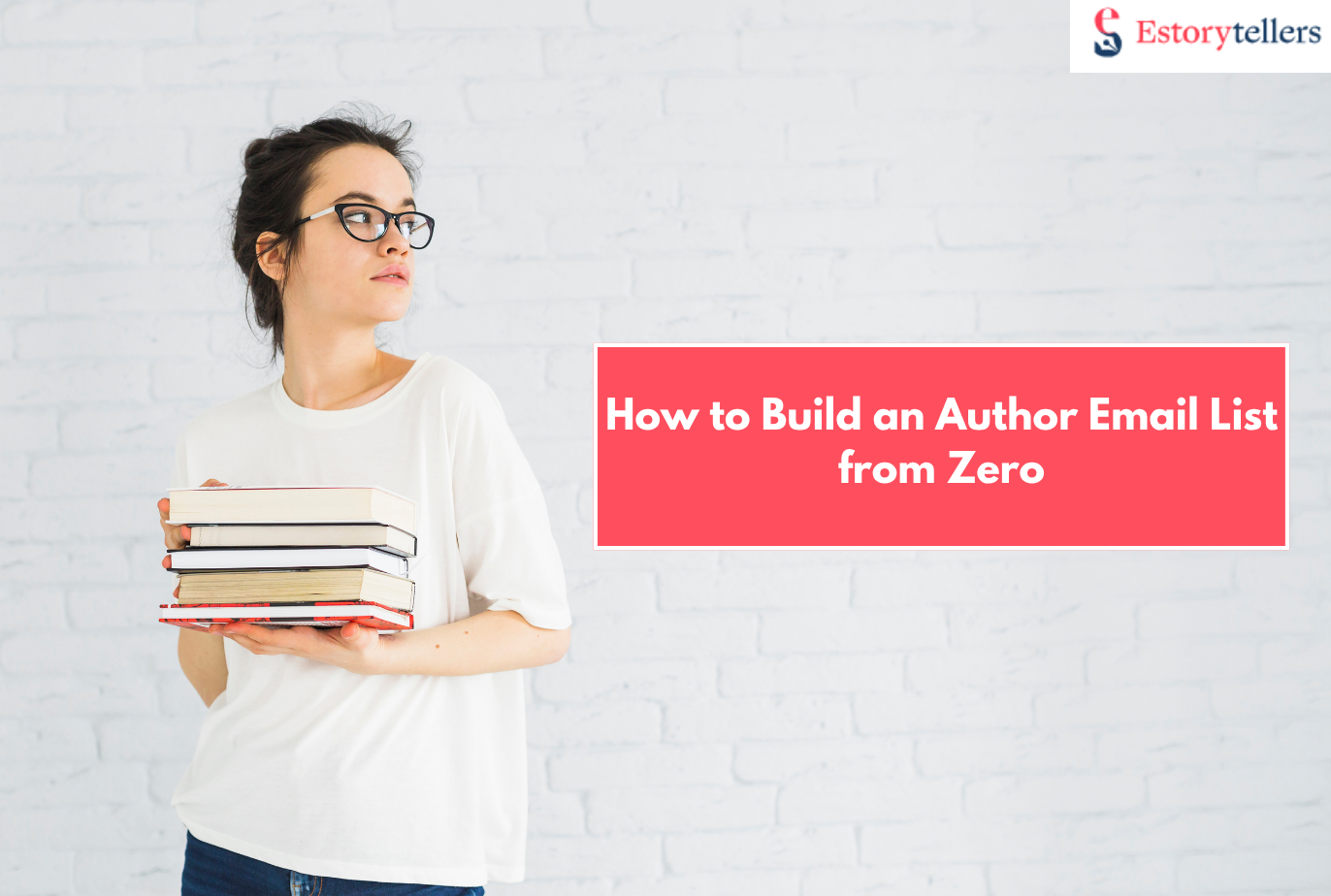
Building an email list is one of the most powerful things an author can do. But email marketing for authors is another task that goes beyond collecting emails.
Whether you’re preparing to publish your debut novel, relaunching an old favorite, or simply staying connected between releases, your email list gives you something social media never can: direct, personal access to readers who want to hear from you.
And the best part? You don’t need to be a tech expert or a marketing pro to start email marketing for authors. With the right tools, a good lead magnet, and some smart promotion, you can build your email list from scratch—starting today.
In this article, you will learn about email marketing for authors:
- How to start your author email list from scratch
- What tools and tactics work best for list-building
- How to turn subscribers into loyal book buyers
If you’re working with a book marketing team like Estorytellers, they can also help you create engaging reader magnets, set up email tools, and craft compelling sequences that grow your list while you focus on writing.
Let’s break down the exact steps to build your list—zero to hero.
Turn Readers into Subscribers
We help you build a loyal audience through expert email marketing, while also handling your book’s editing, publishing, and promotion.
Launch Author Email CampaignWhy Email Marketing Still Matters for Authors
In an age where social media trends shift overnight and platforms change their algorithms like the weather, email remains refreshingly consistent. It’s direct, personal, and completely under your control.
When you build an email list, you’re not at the mercy of a platform’s algorithm. You’re building a community that belongs to you.
Here’s why email marketing still matters for authors:
- You own your audience. Unlike social media followers, email subscribers can’t be taken away by an app update or policy change. They’re yours.
- It has the highest ROI. Email marketing delivers an average return of $42 for every $1 spent—far more than most forms of digital advertising.
- Readers check their inbox daily. People are used to interacting with meaningful content through email—newsletters, offers, event invites, and yes, book updates.
- It creates a personal connection. Your emails can sound like a message from a friend, not a faceless ad. This builds trust.
Many authors who partner with professional content teams, like Estorytellers, benefit from experienced marketers who understand how to position stories in inboxes—not just bookstores. From subject lines to call-to-action placement, even the smallest tweaks can double open rates.
Simply put, email is where the magic of reader-author relationships often begins—and grows.
What You Need to Start an Email List
Starting your author email list doesn’t require a marketing degree or a big budget. All you need are a few basic tools—and a plan to stay consistent.
Let’s break down the essentials.
1. Choose an Email Marketing Platform
This is where your email list will live. These tools help you store subscribers, create forms, design emails, and track results.
Popular platforms for authors:
- MailerLite – Clean interface, beginner-friendly, free for up to 1,000 subscribers.
- ConvertKit – Built for creators; excellent for segmenting readers by interest.
- Substack – Great for writing long-form emails or serialized fiction.
- Moosend / Sendinblue – Affordable for larger lists.
Working with a partner like Estorytellers can help you choose the right platform, set up automation, and avoid common setup mistakes.
Email Marketing That Sells Books
Our team combines book promotion with powerful email campaigns to grow your readership and boost your sales—across genres and platforms.
Boost Your Book Reach2. Your Author Website or Landing Page
You need a place to send people to sign up. A simple landing page can do the job.
Don’t have a full site yet?
You can use built-in landing pages from tools like MailerLite or ConvertKit. They require zero coding and look professional.
3. A Professional Email Address
Instead of using a Gmail or Yahoo address, consider setting up an email linked to your domain (like hello@yourname.com). It builds trust and reduces the chance of your emails being flagged as spam.
Most domain hosts offer this as an add-on. If you’re unsure how to set it up, Estorytellers can guide you or do it for you as part of your author platform setup.
Summary Checklist:
Email marketing platform
Signup form or landing page
Domain email address
A clear reason for people to subscribe (we’ll cover that next)
These are your foundation blocks. With them in place, you’re ready to attract your first subscribers.
Create a Reader Magnet That Attracts Signups
Nobody hands over their email address for nothing, not even your most supportive friend. If you want people to join your list for email marketing for authors, you need to give them a compelling reason.
That’s where a reader magnet (also called a lead magnet) comes in.
What Is a Reader Magnet?
A reader magnet is a free piece of content you offer in exchange for someone’s email address. It should be valuable, relevant, and aligned with your writing style or genre.
It’s your first handshake with a potential fan. Make it count.
Examples of Reader Magnets for Authors
Depending on what kind of books you write, here are some great ideas:
For fiction authors:
- A free prequel or short story
- Alternate endings or deleted scenes
- Printable coloring pages (great for children’s books)
- A character diary or bonus epilogue
For nonfiction authors:
- A downloadable checklist or workbook
- A free chapter from your upcoming release
- A mini guide or cheat sheet
- Templates, writing prompts, or how-to PDFs
Pro tip: Estorytellers often helps authors brainstorm and design lead magnets that not only attract signups but also reflect the author’s unique voice. A professionally designed reader magnet can seriously improve conversion rates.
What Makes a Good Reader Magnet?
To get results, your offer should be:
- Specific – “A bonus chapter” works better than “free content”
- Relevant – Closely connected to the book or genre you’re writing
- Visually appealing – A well-designed PDF feels like a gift
- Instantly accessible – Don’t make readers jump through hoops
Use your email platform to deliver the magnet automatically after signup. Most tools have this built in.
Not Ready to Write Something New?
You don’t have to. Reuse what you already have:
- The first chapter of your book
- A collection of quotes or character art
- Your writing journey, shared in a personal email
What matters most is that your reader feels like they’re getting something exclusive—something that says, “You’re in my inner circle now.”
Build a Reader List That Grows
Email marketing is the heart of successful authorship. We pair it with ghostwriting, publishing, and editing to create a complete book journey.
Grow Your Author BrandPlace Your Signup Form Where It Converts
You’ve got your reader magnet. Now it’s time to show it off.
Just like a good book cover catches a reader’s eye, a well-placed signup form draws attention—and more importantly, action. The goal is to make it easy and enticing for someone to join your list, no matter where they find you.
Here’s where to put your signup form to get the most subscribers:
1. Your Author Website or Landing Page
If you have a website, this should be your signup form’s home base.
Best places to place the form:
- On the homepage (above the fold)
- At the bottom of blog posts
- In your site’s sidebar or pop-up
- On a dedicated “Free Gift” or “Join My List” page
Even a basic website with just one page and a form can work wonders. Not sure how to set that up? This is one of the areas where Estorytellers helps authors build lean, effective websites optimized for email marketing for authors.
2. Email Marketing for Authors: Your Social Media Profiles
Turn followers into subscribers by using your social media bios and posts to promote your email list for your email marketing for authors.
Ideas:
- Add your signup link in your Instagram bio (use Linktree or direct link)
- Pin a tweet or Facebook post that highlights your reader magnet
- Create a highlight or story series on Instagram about “behind-the-scenes” content readers can get by joining your list
Make it clear that joining the list gives followers exclusive access.
3. Inside Your Book
Your book is one of your best marketing tools. Don’t miss the opportunity to invite readers to stay connected.
Where to place it:
- At the beginning of the book (for preview readers)
- At the end of the book (when they’re most emotionally invested)
Example call-to-action:
“Want a free bonus story featuring [Character Name]? Grab it here!”
Many authors working with Estorytellers include professionally written CTAs and landing page links right inside their print and eBook editions for maximum visibility.
4. Email Marketing for Authors: Signature and Other Content
If you write articles, guest posts, or email people regularly, include a subtle invitation in your email signature or bio.
Example:
Author of “The Stolen Timekeeper” | Get a free prequel story here
Every piece of content you publish is a chance to grow your list.
A signup form isn’t a one-time setup. It’s an ongoing opportunity. Test different placements, headlines, and even the colors of your button. Little changes can lead to big conversions over time.
Promote Your List Authentically
You’ve got the tools, the reader magnet, and your form is live. Now comes the part that can feel tricky for many authors: promotion.
But here’s the good news—you don’t need to “sell” yourself. You just need to share with genuine intention. Readers want to connect with authors; they just need to be invited in.
Here’s how to promote your email list without sounding pushy:
1. Talk About It on Social Media (Naturally)
Instead of saying “Join my email list!”, give people a reason.
Examples:
- “Just sent my subscribers a sneak peek of my next book. Want in?”
- “Shared some of my favorite kids’ book picks in today’s newsletter!”
- “Writing a deleted scene just for my email list. Link in bio if you want it.”
Use storytelling to share what your list offers—behind-the-scenes access, free extras, inspiration, or writing updates.
Estorytellers often helps authors craft social captions and post templates that promote email lists subtly and effectively.
From Inbox to Bestseller
We craft engaging newsletters and email sequences to convert your audience—while managing every step from ISBN to promotion.
Let’s Market Smart2. Leverage Your Communities
Are you part of any Facebook groups, Goodreads discussions, Subreddits, or writing forums? These are goldmines for connecting with potential readers—but be respectful.
Instead of spamming your link, look for moments to share:
- A reader magnet that relates to a thread
- A tip or tool you mention and link back to your free guide
- A thoughtful comment followed by your newsletter link in your profile
People are far more likely to subscribe when they feel they know you.
3. Mention Your List in Every Author Appearance
Whether you’re doing a podcast interview, hosting a workshop, or launching your book at a local fair—bring up your email list.
Example:
“If you’d like bonus content or early updates on my next book, I share everything first with my email list.”
Have a QR code ready or link cards with your signup page. Estorytellers often recommends print-ready assets like bookmarks, flyers, or postcards as part of a broader offline promotion strategy.
4. Ask People Directly (Yes, Really)
Don’t underestimate the power of just asking.
Friends, beta readers, reviewers, critique partners—they’re all people who support your work. Invite them to join your list. You’re not bothering them. You’re offering them a seat at your table.
You don’t have to shout to be heard. You just need to be consistent, clear, and genuine in inviting people into your world.
First Emails: What to Send New Subscribers
So, someone just joined your email list. Now what?
The first few emails you send are crucial. They set the tone, build trust, and let readers know what to expect from you going forward. Think of it like meeting a new friend—you want to be warm, memorable, and not overwhelming.
This is where a welcome sequence comes in.
What Is a Welcome Sequence?
A welcome sequence is a short, automated series of emails that goes out after someone subscribes. You write it once, and it runs on autopilot.
It usually includes:
- The delivery email (with your freebie or magnet)
- A personal “get to know me” email
- An email about your book(s) and what’s coming next
Pro Tip: If you’re working with a marketing service like Estorytellers, they can help you write and automate this entire sequence so it feels personal, professional, and aligned with your brand.
Sample 3-Email Welcome Sequence
1: “Here’s your free story!”
- Deliver the magnet you promised.
- Keep it simple and friendly.
- Briefly mention what they can expect in future emails.
2: “A little about me…”
- Share your journey as an author.
- Talk about why you write the stories you do.
- Invite them to reply or follow you on socials.
3: “Want a sneak peek at what’s coming?”
- Tease your next book, upcoming giveaways, or writing updates.
- Include a link to your book(s), if available.
- Ask them a question—get them engaged.
Keep It Human, Not Corporate
Your readers don’t want marketing emails. They want a connection. So use:
- A warm, conversational tone
- Simple formatting
- A single call-to-action (CTA) per email
- A clear unsubscribe link (always!)
Bonus Tip: Segment If You Can
If you write across genres (say, children’s books and adult fiction), consider segmenting your list. That way, people get content relevant to their interests—and you avoid unsubscribes.
Email tools like ConvertKit and MailerLite offer easy ways to tag and organize subscribers based on how they sign up.
A strong welcome sequence can turn a casual subscriber into a true fan—and possibly, a lifelong reader.
Author Emails That Drive Sales
Estorytellers helps you connect with readers through smart email funnels—while handling your book’s writing, editing, ISBN, and launch.
Start Your CampaignTips for Staying Consistent (Without Burnout)
One of the biggest reasons authors give up on email marketing? They run out of steam.
But here’s the secret: you don’t need to send emails every week. You just need to stay consistent and valuable—even if that means just once a month.
Here’s how to make it doable without burning out:
Keep It Simple
Use a repeatable structure for each email. For example:
- A personal note – 2–3 paragraphs about your writing life or inspiration
- A book update – Tease what you’re working on or share a small win
- Something extra – A quote, book recommendation, or writing tip
This keeps your content balanced between connection and promotion.
Choose a Schedule That Works for You
There’s no one-size-fits-all. Choose:
- Monthly
- Bi-weekly
- Just when you have news (but not less than once every 6–8 weeks)
The key is to set expectations in your welcome sequence so readers know how often they’ll hear from you.
Working with a team like Estorytellers can take a lot of pressure off—they can help plan, write, and even schedule your email content while you focus on writing.
Batch and Schedule Ahead
Write 2–3 emails in one sitting, then schedule them using your email platform. This saves time and helps maintain consistency.
Don’t Chase Perfection
You’re not writing a literary masterpiece. You’re writing a conversation with your readers. Typos happen. Just show up, be authentic, and share your journey.
Common Mistakes to Avoid In Email Marketing For Authors
Even with the best intentions, some authors fall into traps that slow their email list growth—or worse, cause unsubscribes.
Here are the top things to avoid:
Adding People Without Permission
Never add friends, family, or readers to your list without their consent. It violates trust—and spam laws.
Overloading with Promotions
If every email is “Buy my book!” you’ll lose subscribers. Mix value with promo (aim for 80/20 value-to-promo ratio).
Ignoring Mobile Optimization
Most people read emails on their phones. Keep formatting clean, fonts legible, and buttons big enough to tap.
Not Including an Unsubscribe Option
Not only is this legally required, but it shows professionalism. Let people leave gracefully if they choose.
Giving Up Too Soon
It takes time to build momentum. Stay the course, even if growth feels slow at first. Every subscriber counts.
If you’re unsure about any of these, Estorytellers can audit your emails and offer professional guidance so you’re always on the right track.
How to Grow Your List Over Time
Once your foundation is strong, it’s time to grow your list beyond your inner circle.
Here’s how to keep expanding:
Collaborate with Other Authors
Do email swaps with authors in your genre. Promote each other’s lead magnets or books. It’s a win-win.
Run Giveaways
Use a reader magnet as the prize. Promote through social media or platforms like BookFunnel or StoryOrigin.
Speak at Events or Webinars
Offer your freebie as a gift to attendees and collect emails through a signup form or QR code.
Use Analytics
Track open rates, clicks, and unsubscribes. Learn what readers enjoy and refine your content accordingly.
Consider Paid Promotions
Once your list is converting well, consider running ads to promote your reader magnet. Estorytellers often helps authors set up small, targeted ad campaigns to attract ideal readers.
Convert Readers Into Lifelong Fans
We don’t just write books—we grow your reader base. Our expert email marketing builds your community while we take care of editing and publishing.
Build My Reader BaseConclusion
Growing an email list from zero may feel like a slow process—but it’s one of the most rewarding moves you can make as an author.
You’ve learned how to:
- Set up the tools you need to start
- Create a reader magnet that gets results
- Connect with your audience through consistent, authentic emails
And remember: you don’t have to do it alone. Whether you need help designing your lead magnet, writing your welcome emails, or planning your long-term strategy, Estorytellers can support you at every step.
Email isn’t just a marketing tool. It’s a conversation—one that builds loyal readers, one message at a time.
Related Reads:
The Complete Guide On How To Get an ISBN for Authors Around the World
The Latest Guide to Author Branding That Builds Reader Trust
ISBN Number: Full Form, What It Is, How to Get One, and Why It Matters in 2025







